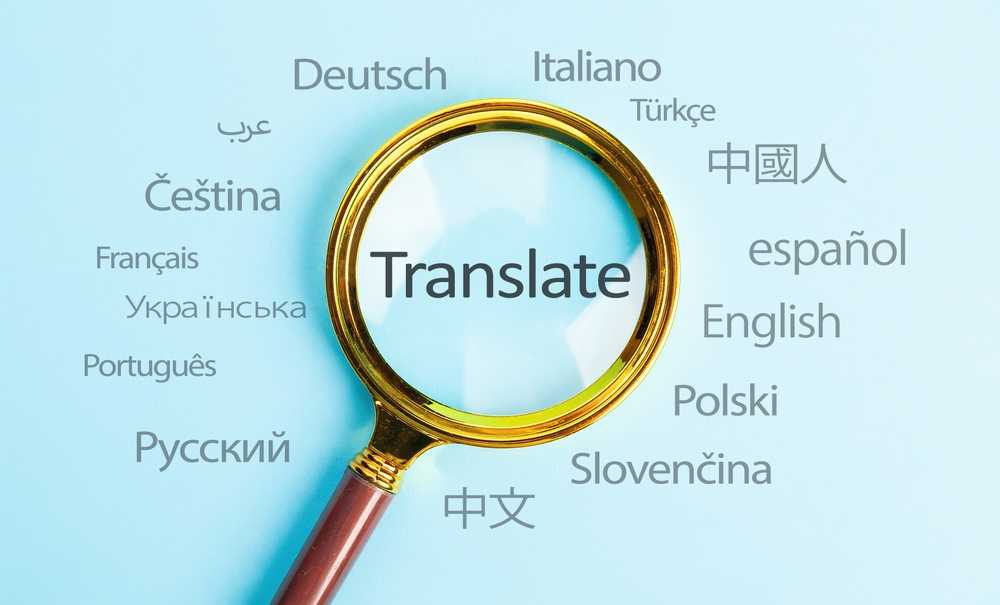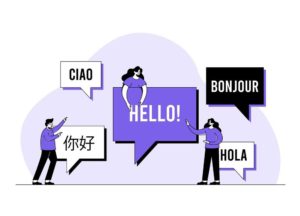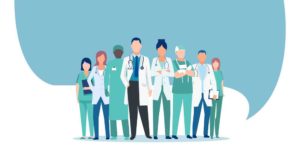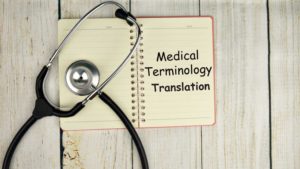Accurate medical records are the lifeblood of the healthcare system, serving as the roadmap for diagnosis, treatment, and research. However, in an increasingly globalized society, medical professionals often encounter patient records in languages they don’t understand.
This is where medical translators step in, offering an essential bridge across linguistic divides. In this article, we will delve into how medical translators play a pivotal role in deciphering medical records and why their contribution is invaluable to the healthcare industry.
How Medical Translators Help in Reading Records
Medical translators are experts in both medicine and languages. They specialize in translating a wide array of medical documents, from patient records to research papers and clinical trial reports.
Their mission is clear: ensuring that crucial information is accurately conveyed between healthcare providers and patients, regardless of language barriers.
The Critical Significance of Accurate Medical Records
The importance of accurate medical records cannot be overstated. These records are essential for several reasons:
- Precise Diagnosis and Treatment: Accurate records are the bedrock of proper diagnosis and treatment. They help healthcare professionals understand a patient’s medical history, symptoms, and prior treatments, enabling them to make informed decisions.
- Medical Research and Advancements: Medical records are the foundation of scientific research. They allow scientists and researchers to analyze health trends, develop new treatments, and contribute to the advancement of medical science.
Overcoming the Challenges of Translating Medical Records
Medical records, however, are not always easy to decipher. They are often filled with complex medical terminology, abbreviations, and technical jargon that can be overwhelming even for native speakers.
Misinterpretations or misunderstandings of medical records can have severe consequences, which is why it’s crucial to ensure that healthcare providers fully comprehend the information within them.
The Crucial Role of Medical Translators
Medical translators are the linchpins that connect healthcare providers and patients who speak different languages. Their responsibilities extend far beyond document translation.
They play a vital role in doctor-patient consultations, ensuring that patients can communicate their symptoms, history, and concerns effectively. They also assist in translating consent forms and other crucial medical communications.
Qualifications and Skills of Medical Translators
Becoming an effective medical translator requires a blend of medical knowledge and language proficiency. Medical translators must:
- Possess a strong understanding of medical terminology, diagnostic procedures, and healthcare practices.
- Be fluent in at least two languages to guarantee accurate translation.
- Master the cultural nuances and context of both languages to capture the full intent of the original document.
Ensuring Accuracy: How Medical Translators Work
Medical translators are meticulous in their work, going beyond mere translation. They consider the cultural context and nuances of both languages to ensure that the translation is an accurate reflection of the original document.
This meticulous approach leaves no room for misunderstanding. Medical translators work diligently to guarantee the precision of translated medical documents. Here’s how they do it:

- Mastery of Medical Terminology: Medical translators have a strong grasp of medical jargon, ensuring that every term is accurately translated. For example, they know the difference between “angina” (chest pain) and “angina” (tonsillitis) in English and Spanish.
- Cultural Sensitivity: They understand cultural nuances to avoid misinterpretations. For instance, they recognize that discussing mental health openly may carry a stigma in some cultures.
- Preserving Original Intent: They preserve the intent and tone of the original document, ensuring that the meaning remains intact.
- Eliminating Ambiguity: Ambiguity is removed to prevent confusion. They clarify whether “cold” refers to an illness or a demeanour.
- Customization for the Audience: They adapt the translation based on the audience, using layman’s terms for patients and technical language for medical professionals.
- Double-Checking and Proofreading: Medical translators rigorously proofread their work to catch errors.
- Collaboration with Medical Professionals: They collaborate with medical experts to clarify complex medical information.
The Multifaceted Benefits of Medical Translators in Reading Records
Medical translators offer a range of benefits that extend far beyond mere language translation. These benefits encompass various aspects of healthcare and have a profound impact on both patients and healthcare providers. Let’s delve into these multifaceted advantages.
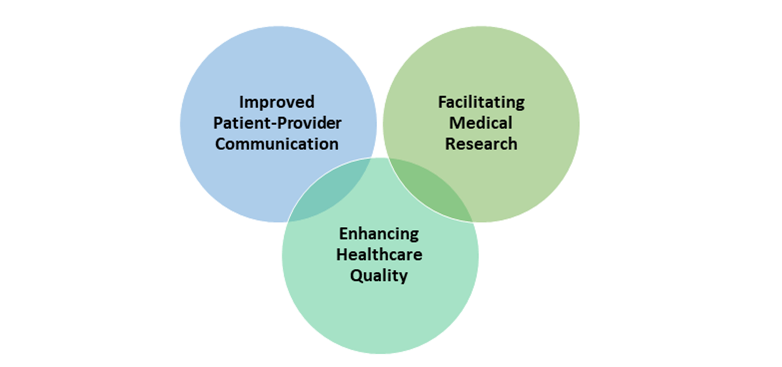
- Improved Patient-Provider Communication: Medical translators enhance communication between patients and healthcare providers, leading to better patient outcomes and improved healthcare experiences.
- Facilitating Medical Research: International studies and research benefit from the services of medical translators, making healthcare research more accessible to diverse populations.
- Enhancing Healthcare Quality: By ensuring that patients can effectively communicate their needs, medical translators contribute to the overall quality and efficiency of healthcare services.
Impact of Medical Translators on Patient Care
The presence of medical translators has a profound impact on patient care. When patients can articulate their symptoms and medical history effectively, it results in more accurate diagnoses and appropriate treatments.
This not only improves individual patient health but also contributes to the overall efficiency of healthcare systems.
Imagine a non-English-speaking patient, Maria, who is rushed to the emergency room with severe chest pain. Maria’s medical history, including her pre-existing conditions, allergies, and recent medications, is essential for the attending healthcare team to make quick and informed decisions.
Without a medical translator, there may be misunderstandings or omissions in the patient’s medical history. However, when a skilled medical translator is present, they can ensure that Maria’s medical history is accurately conveyed to the healthcare providers. This results in a more precise diagnosis and immediate treatment, potentially saving Maria’s life.
Conclusion
In a world where healthcare knows no borders, medical translators are unsung heroes, ensuring that language differences do not impede the delivery of quality healthcare. Their ability to bridge linguistic gaps and facilitate understanding between healthcare providers and patients is invaluable.
FAQs
Medical translation ensures accurate patient care, aids in research, and enhances communication in diverse healthcare settings.
The purpose is to bridge language gaps, making medical information accessible and facilitating precise diagnoses and treatments.
Translators ensure critical medical information is accurately conveyed, maintaining patient confidentiality and enabling effective doctor-patient communication.
Document translation promotes global accessibility, supports international cooperation, and aids in research and information exchange.
